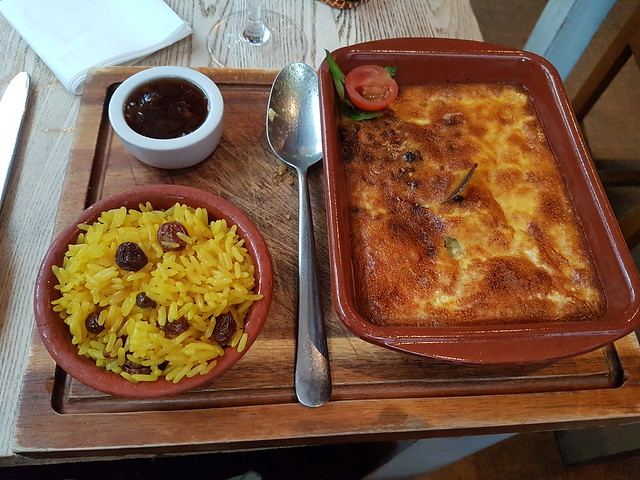Introduction
Among the mainstays of African cuisine are fresh fruits, vegetables, cereals, fish, and meat items. Fruits include things like apples, grapes, mangoes, bananas, papayas, avocados, oranges, peaches, and apricots. Fufu is commonly dipped in sauces or served with stews of vegetables, fish. It is made in a variety of ways. For example, fermented cassava is commonly used to make fufu in Sierra Leone.
Rice is also utilized extensively, as in the well-known West African dish jollof rice. The term “jollof” came from the Senegalese monarchy known as the Jolof Empire. Although several subcontinental countries have distinctive cooking methods, the ongoing conflict between Ghana and Nigeria over whose jollof rice is
Food city
Every African city has its own unique cuisine, but Cape Town is regarded as the nation’s culinary hub. It provides a large selection of eateries with mouthwatering Cape cuisine in a classy atmosphere.
Country food
But Ghana is also known for its diverse culinary offerings. Plantains and cassava are staples in the southern part of Ghana. The main staple foods in the north are millet and sorghum. Ghana staples include yam, maize, and beans.
Ghanaian food makes extensive use of regional ingredients, such as: – Palm nut oil: This fragrant and rich oil gives traditional Ghanaian foods a unique flavor and color. Plantains: These adaptable fruits offer a distinct flavor and texture to savory and sweet recipes.
Kelewele is a common dish found in Ghana among street food vendors. This is a fried plantain meal, but it’s not the straightforward fried plantains you might find served as an appetizer or side dish at restaurants in the Caribbean and Latin America. Ripe plantains—the sweet ones, not the starchy green ones—should be used to make kelewele. After peeling and chopping the plantains into tiny pieces, they are combined with cayenne pepper and freshly grated ginger. Before being deep-fried, the plantains must sit in the seasoning for a while to allow the flavor to seep in.
Thieboudienne
Similar to jollof, thieboudienne is praised globally for being a true representation of Africa. A well-seasoned tomato foundation lends flavor to the dish. To begin, sauté the tomato, onions, and oil together until they become a thick, rich mixture. After that, fermented fish or conch is added, along with water or stock. This tomato broth serves as a poaching liquid for different kinds of fresh vegetables and fish.
The fish is dipped in a paste of parsley, ginger, pepper, and scotch bonnets before it is placed in its hot bath. To allow this spice mixture to seep into the fish’s flesh, you make indentations in it. Depending on what’s available, you can use any number of veggies, but classic options include eggplant, cassava, okra, cabbage, and carrots.
